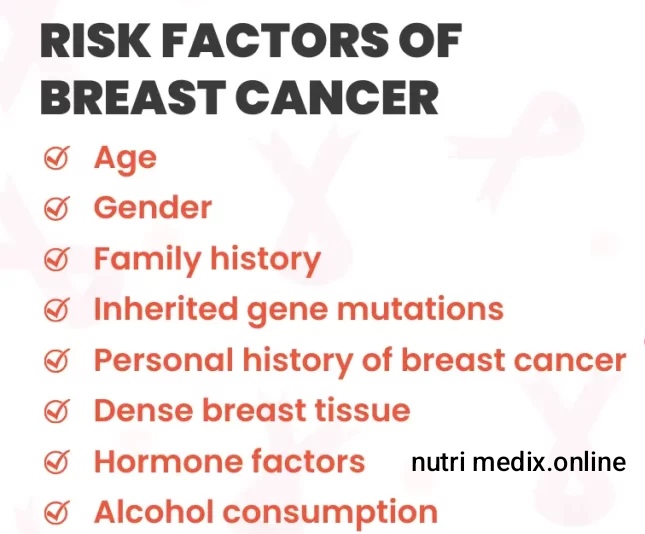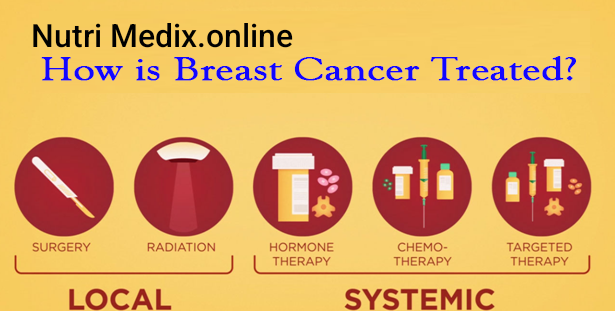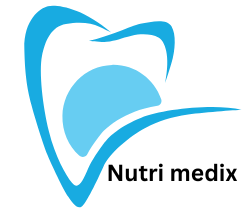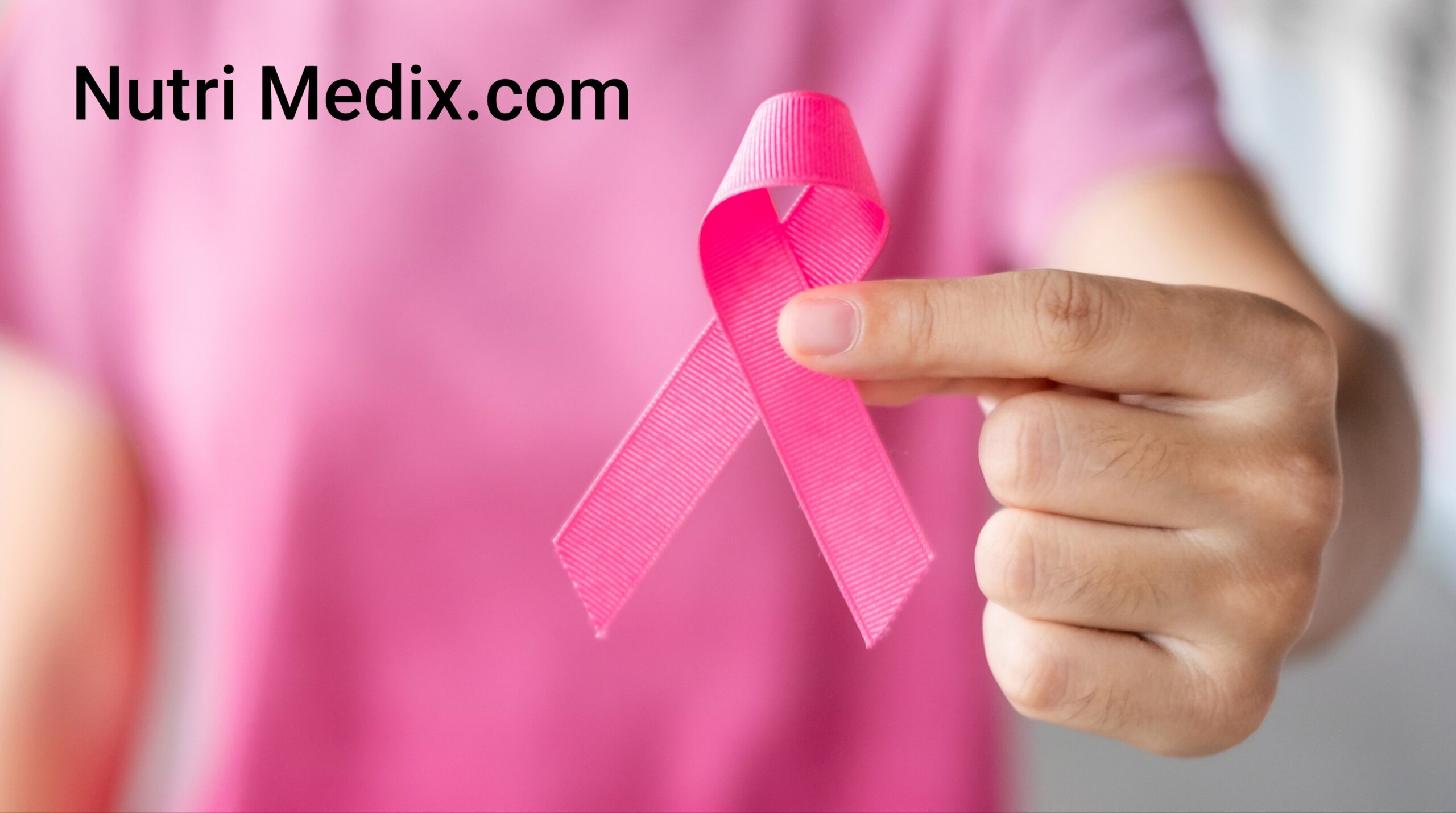Understanding Breast-Cancer, free hypnosis script for breast cancer Symptoms Know the Risks, Statistics, and Treatments
What is Breast- Cancer?
Breast-cancer develops when the cells in the breast tissue begin to grow abnormally. These changes can form lumps or tumors, often detected through routine screenings. It is important to understand this disease as it affects millions of women worldwide and can also occur in men, though less frequently.
Free hypnosis script
Causes of breast-Cancer
- Genetics: A family history of breast cancer can raise the risk.
- Age : Risk increases as you get older, especially after 50.
- Hormones: Prolonged exposure to estrogen can heighten the risk.
- Lifestyle factors : Smoking, alcohol, lack of exercise, and being overweight contribute to the risk.
- Radiation exposure : Previous radiation therapy, especially to the chest, can increase the chance of breast cancer later in life.
Signs and Symptoms of Breast-Cancer
Recognizing the early signs of breast cancer is vital for effective treatment. Common signs may include:
- A lump or mass in the breast or underarm area that feels different from surrounding tissue.
- Changes in the size or shape of the breast.
- Skin dimpling or puckering.
- Nipple discharge that is bloody or occurs without squeezing.
- Breast cancer may lead to swelling in the lymph nodes under the arm or near the collarbone.
If you notice any of these symptoms, it’s important to consult a healthcare provider.
Breast-Cancer Risk Factors
Several factors may increase the risk of developing breast cancer. Understanding these risk factors can help individuals make informed choices about their health. Key risk factors include:
- Age: The risk of breast cancer increases as you get older.
- Family History: Having relatives with breast cancer can increase one’s risk, especially if they were diagnosed at a young age.
- Genetic Mutations: Certain inherited mutations, such as BRCA1 and BRCA2, significantly raise the risk.
- Hormone Replacement Therapy: Long-term use of combined hormone therapy during menopause can increase risk.
- Alcohol Consumption: Studies show a link between alcohol intake and breast cancer risk.
- Obesity: Being overweight, especially after menopause, can increase risk.
- https://nutrimedix.online/hiv-aids-symptoms-causes-prevention-treatment/

It’s crucial to discuss personal risk factors with a medical professional, as they can provide tailored advice and screening options.
Diagnosing Breast-Cancer
When breast cancer is suspected, various tests may be conducted to confirm the diagnosis. These can include:
- Mammography: A specialized X-ray that can detect tumors that are too small to be felt.
- Ultrasound: Helps to distinguish between solid masses and fluid-filled cysts.
- Biopsy: The definitive method for diagnosis involves removing a small sample of breast tissue for examination.
Early detection significantly increases the chances of successful treatment, which is why regular screenings are recommended for women starting at age 40 or earlier for those with a higher risk.
Breast-Cancer Treatment Options
The treatment of breast cancer varies based on the type and stage of the disease. Standard options include:
- Surgery: This may involve removing the tumor or the entire breast (mastectomy).
- Radiation Therapy: This uses high-energy waves to kill cancer cells, often used after surgery to eliminate any remaining cells.
- Chemotherapy: Medications used to kill rapidly dividing cells, typically used in more aggressive cases or if the cancer has spread.
- Hormone Therapy: For cancers that are hormone-sensitive, blocking the body’s natural hormones can slow growth.

Discussing treatments with healthcare providers can help patients understand their options and the best course of action tailored to their situation.
Living with Breast-Cancer
Navigating life after a breast cancer diagnosis can be challenging. Support is critical, and there are many ways to manage the emotional and physical impacts:
- Seek Counseling: Professional help can provide a safe space to discuss feelings and fears.
- Join Support Groups: Connecting with others who have similar experiences can be comforting.
- Maintain a Healthy Lifestyle: Eating well, exercising, and focusing on overall health are important during and after treatment.
Statistics
1 in 8 women, or approximately 13% of the female population in the U.S. will develop breast cancer in their lifetime. The overall 5-year relative survival rate for breast cancer is 91.2%. This means that about 91 out of 100 people are alive 5 years after they’ve been diagnosed with breast cancer.
Support and Resources
Many organizations offer information and support to those affected by breast cancer. Some helpful resources include:
- American Cancer Society: Provides information on treatment options and local support.
- Breastcancer.org: Offers educational resources and a supportive community.
- Susan G. Komen Foundation: Focused on research, education, and support services.
Conclusion
Breast-cancer is a complex disease that requires awareness and understanding. By recognizing symptoms, knowing the risk factors, and staying informed about treatment options, individuals can take proactive steps in their health care. Early detection and support are essential, so engage with healthcare providers and utilize available resources. If you have concerns regarding your risk for breast cancer or need support, reaching out to a medical professional is a critical step. Remember, you are not alone in this journey.

